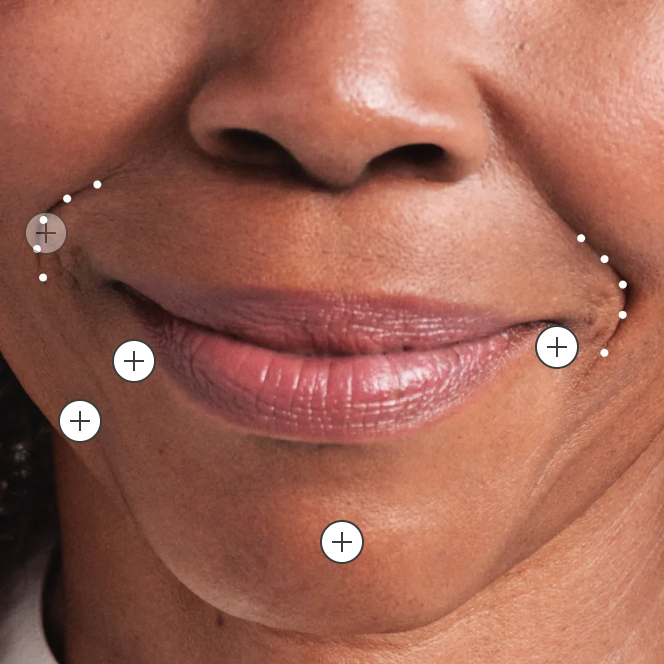SUNSCREEN SMARTS
Differences Between Chemical and Physical Sunscreens
Hey there, sun seekers! Stephanie Ware here, ready to shed some light on a hot topic: sunscreen! We all know that protecting our skin from harmful UV rays is essential, but did you know that not all sunscreens are created equal? Today, we're diving into the world of sun protection and exploring the differences between chemical and physical sunscreens. By the end of this post, you'll be equipped with the knowledge to make the best choice for your sun-kissed adventures. Let's get started!
What’s the Deal with Chemical Sunscreens?
Chemical sunscreens are like undercover agents on a mission to shield your skin from UV radiation. They work by absorbing the sun's rays and converting them into heat, which is then released from the body. These sunscreens typically contain active ingredients like oxybenzone, avobenzone, or octinoxate. They are lightweight, easy to apply, and often leave a sheer finish on the skin.
Enter the Heroes: Physical Sunscreens
Now, let's talk about the superheroes of sun protection: physical sunscreens! These mighty warriors create a physical barrier on your skin, reflecting and scattering UV rays like a force field. They contain active ingredients like titanium dioxide or zinc oxide, which are minerals that sit on the surface of your skin. Physical sunscreens are fantastic for those with sensitive skin or anyone looking for immediate protection since they start working the moment you apply them. Plus, they're often more resistant to sweat and water, making them perfect for your beach or poolside adventures.
Battle of the Titans: Chemical vs. Physical
It's time for a friendly face-off! Chemical and physical sunscreens each have their pros and cons, and it all comes down to personal preference and skin type.
- Texture and Feel: Chemical sunscreens are typically lighter and easier to spread, while physical sunscreens can be thicker and leave a slight white cast. If you enjoy a weightless feel, chemical sunscreens might be your jam. But if you prioritize maximum sun protection and don't mind a little extra coverage, physical sunscreens have got you covered.
- Sensitivity: If you have sensitive skin or are prone to allergies, physical sunscreens are generally better tolerated since they sit on the surface of your skin and are less likely to cause irritation.
- Immediate Protection: Physical sunscreens offer instant protection upon application, while chemical sunscreens need about 20 minutes to become effective. So if you're in a hurry to catch some rays, physical sunscreens have the advantage.
- Environmental Impact: It's worth noting that some chemical sunscreen ingredients, like oxybenzone, have been associated with coral reef damage. If protecting the oceans and marine life is a priority for you, opt for physical sunscreens or reef-safe formulations.
Conclusion
There you have it, sun worshippers! Understanding the differences between chemical and physical sunscreens empowers you to make an informed choice when it comes to protecting your precious skin. Whether you're a fan of the undercover agents in chemical sunscreens or the superhero force field of physical sunscreens, remember that consistent sun protection is key. So, slather on that SPF, embrace your sun-kissed adventures, and keep your skin happy and healthy all year round! Stay sun-safe and fabulous, my friends!






